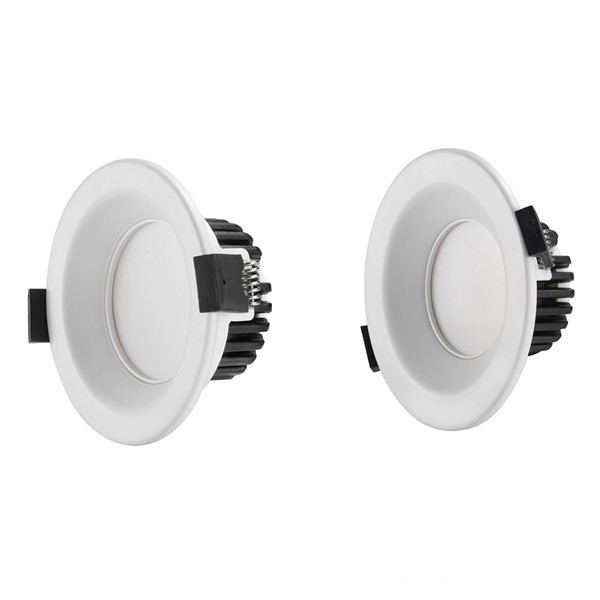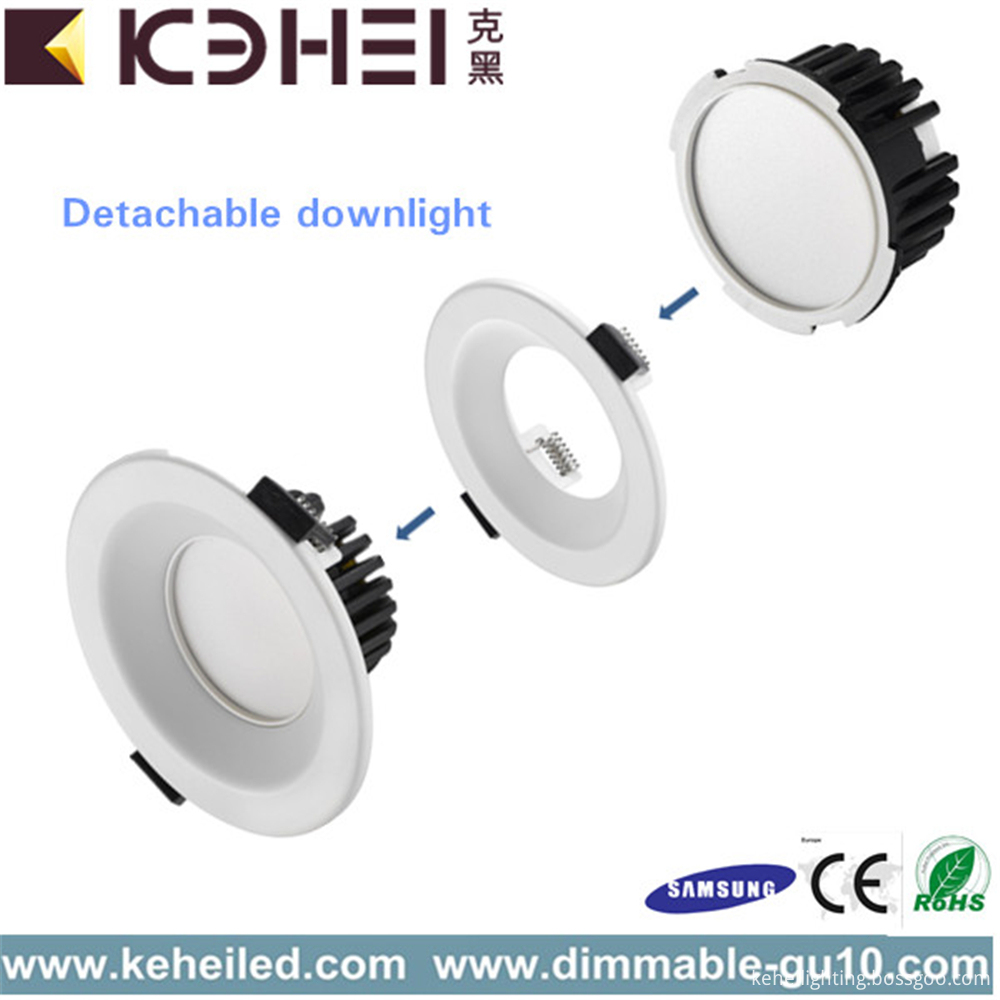Aruba Wu Zhangming: How to welcome the attack of 802.11ac
The rapid development of applications such as mobile internet, BYOD, and social networking has placed higher demands on WLANs. The release of the 802.11ac standard can be described as a charity. What challenges does deploying 802.11ac pose for enterprise wired networks? In this regard, Arric Networks Asia Pacific and Japan technical consultant Wu Zhangming (Eric Wu) said that this is first reflected in the bandwidth impact of wired access and core switching, 11ac AP exceeds 1Gbps, in wired access, if the access layer switch Only 1Gbps bandwidth is provided, how will the 11ac access bandwidth requirement be met. In addition, because the 11ac chip is different, the power supply of the POE must also meet the 11ac full-speed capability. It also means that the 11ac needs to operate at full speed, and the power supply is bound to adopt the IEEE 802.3at power supply switch. For users, with the update and maturity of WLAN technology, WLAN is not a transmission medium, it represents a tool in the business model, using this tool to achieve more business model development and operation. . For example: through the convenience and stability of Wi-Fi access, collect the consumer's shopping footprint, and then connect to the background for big data analysis, strengthen customer relationships and stimulate consumption, and this is also the 802.11ac environment, the future to the user The commercial potential brought. Eric Wu, Technical Consultant, Aruba Networks Asia Pacific and Japan Wu Zhangming said that when users actually purchase 802.11ac products, they mainly need to pay attention to two aspects, including 1. terminal access capacity: 11ac AP terminal access capacity capability, and stability. 802.11ac provides high-performance access and capacity users. If there are too many access terminals, it will cause the terminal device to be unable to access the required resources. In fact, it is useless to accommodate more terminals. 2. Spectrum Analysis Equipment In the 802.11ac product, whether the role of the AP can be changed becomes a spectrum analysis device. Due to the deployment of 11ac, enterprises will rely on Wi-Fi transmission. If 802.11ac APs can become spectrum analysis equipment according to their needs, they will provide optimization, fault finding convenience and equipment cost savings for enterprise wireless networks. In fact, from the current user procurement behavior, customers have already understood that 802.11ac will be fully adopted in 2015. In fact, whether to use 802.11ac wave2 for deployment, in fact, should check the standard in wave2 for enterprise environment. Still a home user. For example, the 11ac wave2 standard supports 4 spatial streams (4 streams). Actually, how many terminal devices support 4 spatial streams, limited by power supply and size, the terminal device still retains the current space string of less than or equal to 3. Streaming antenna. Second, the 160MHz channel width is suitable for home users. If the 160MHz scheme is adopted in the enterprise environment, channel interference will occur and the air congestion will be caused due to insufficient number of channels. Therefore, if you talk about using wave1 or wave2, you should first consider the scenario you are deploying to make the decision. For example, Aruba Networks can provide 802.11ac products in different scenarios, 802.11ac products for indoor, outdoor and even high-density user access. The Aruba 802.11ac product not only exceeds 1Gbps of bandwidth, but also provides many optimized technologies. For example, during roaming, Aruba ClientMatch allows terminal devices to seamlessly roam to the best AP (Access Point); Aruba AppRF technology can even identify the apps executed by the terminal devices, and then define firewall policies based on these apps. Aruba 802.11ac even provides Cloud Wi-Fi. 802.11ac APs can still form an enterprise security intelligence without any controller. wireless network. In the enterprise, wireless access has been mentioned in the past few years as a supplement to cable. In fact, after the 802.11n standard is approved, wireless access can become the main network inside the enterprise, or even the intelligent security main network. At present, most of the enterprise's wired access layer does not provide network access authentication and firewall policies to be sent to wired users or ports, and only provides user authentication for background server access. In the future development of wireless networks, bandwidth is not the key to success. Whether a high-bandwidth wireless network can satisfy multiple applications including video, voice and data transmission. If different applications can be identified, it can be based on people and terminal categories. , application, time and even location to issue firewall policies to achieve efficient use of bandwidth and security. In this way, deploying 802.11ac also requires multiple technical upgrades.
3.5 Inch LED Downlights can be detachable in two parts. The module and 3.5 Inch size rings. For the 3.5 Inch LED Downlights' module, it can be do for 5W and 9W. That is, for the size of 3.5 Inch LED Downlights, we can do 5W and 9W. Black color for module. White, black, silver color for ring. Color temperature (CCT): 2600-2700K, 2800-3200K, 3800-4200K, 5000K-5500K, 6000-6500K. AC100-240V. 50Hz. 270G. For the 3.5 Inch downlights, inner diameter is 80mm. Outer diameter is 110mm. Height is 50mm. It can be embed into 80-100mm cut out hole size. High CRI, hight PF, 9W cool white flux can be reach 774lm. 120° beam angle. Dimmable or Non-dimmable function are available.
3.5 Inch Led Downlights 3.5 Inch LED Downlights, White 3.5 Inch LED Downlights, Black 3.5 Inch LED Downlights, LED Downlights Recessed Lighting SHENZHEN KEHEI LIGHTING TECHNOLOGY CO.LTD , https://www.keheiled.com

